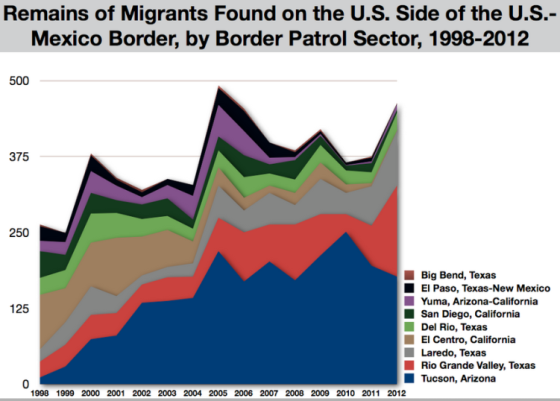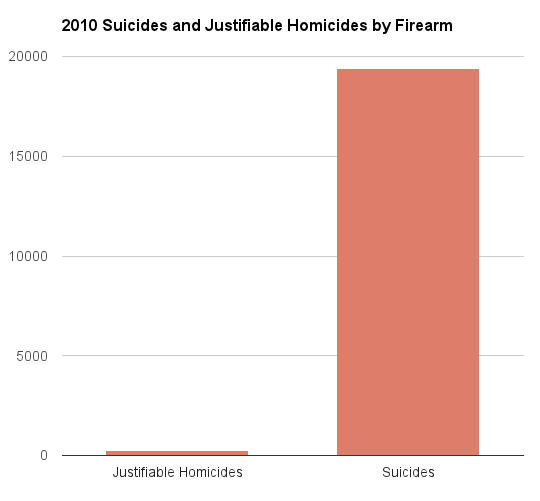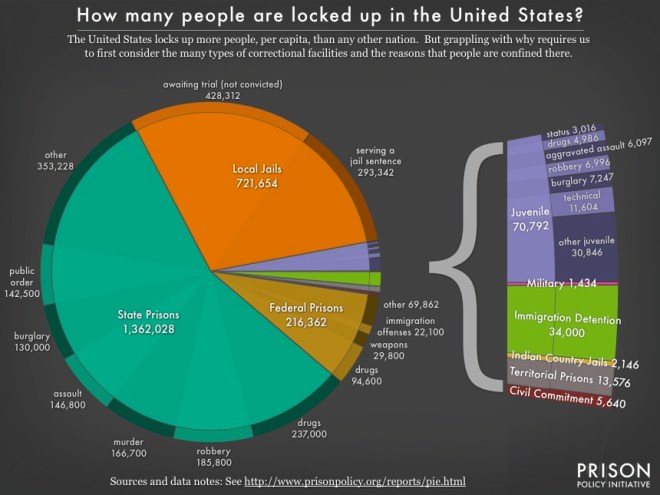Kliff relays Gallup’s latest numbers:
The polling firm’s data shows states that set up their own exchanges and expanded Medicaid had their uninsured rate fall by 2.5 percent, compared to a 0.8 percent drop in states that have opted out of at least one of the health law programs. Separate federal data has shown that states expanding Medicaid have had faster growth in the public program than those that have opted not to participate. States that do not expand Medicaid essentially leave those in poverty in a coverage gap because they are too poor to qualify for the private insurance subsidies offered to people above the poverty line.
Cohn adds:
As readers of this space know, the Gallup results are very imprecise, enough that nobody should take specific figures too seriously. And these aggregate totals surely mask all sorts of variation among the states. But the overall pattern—a sharp divergence between the two groups of states—is almost certainly real. It’s also very tragic.
Drum piles on:
These numbers will change a bit over the next couple of months as things settle down and signups are complete, but the relative differences will almost certainly remain huge. Republican governors have been almost unanimously dedicated to sabotaging Obamacare and withholding health care from their own residents, and they’ve been successful. I hope they’re proud of themselves.
Douthat, meanwhile, lays down a marker:
If, in 2023, the uninsured rate is where the C.B.O. currently projects or lower, health inflation’s five-year average is running below the post-World War II norm, and the trend in the age-adjusted mortality rate shows a positive alteration starting right about now, I will write a post (or send out a Singularity-wide transmission, maybe) entitled “I Was Wrong About Obamacare” — or, if he prefers, just “Ezra Klein Was Right.”








